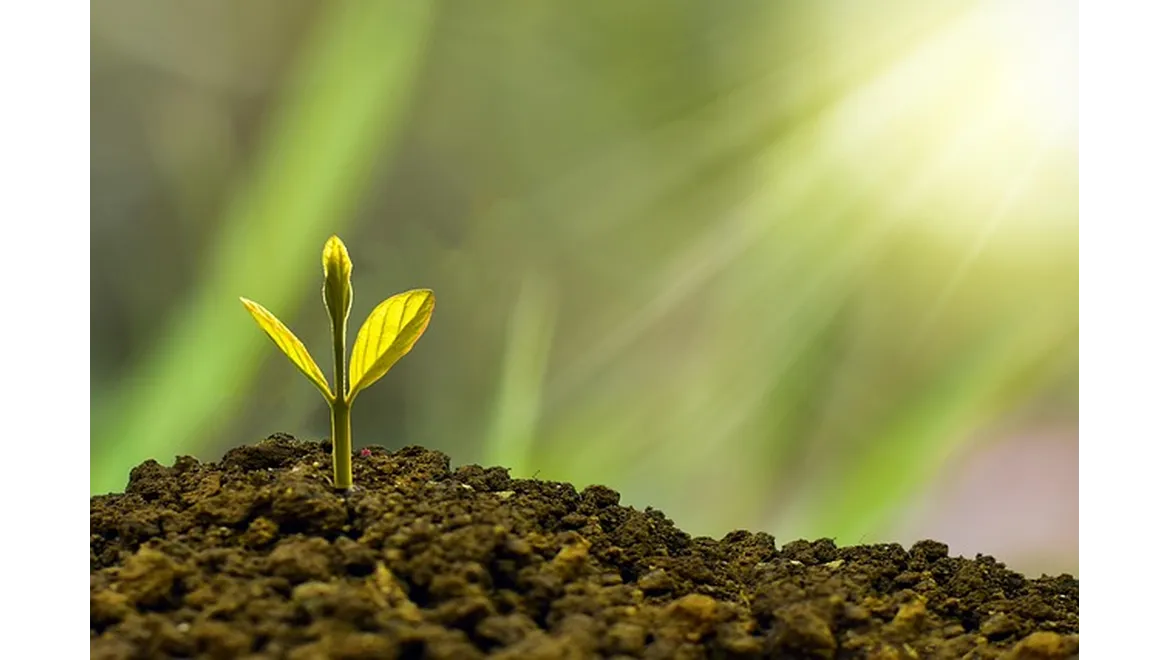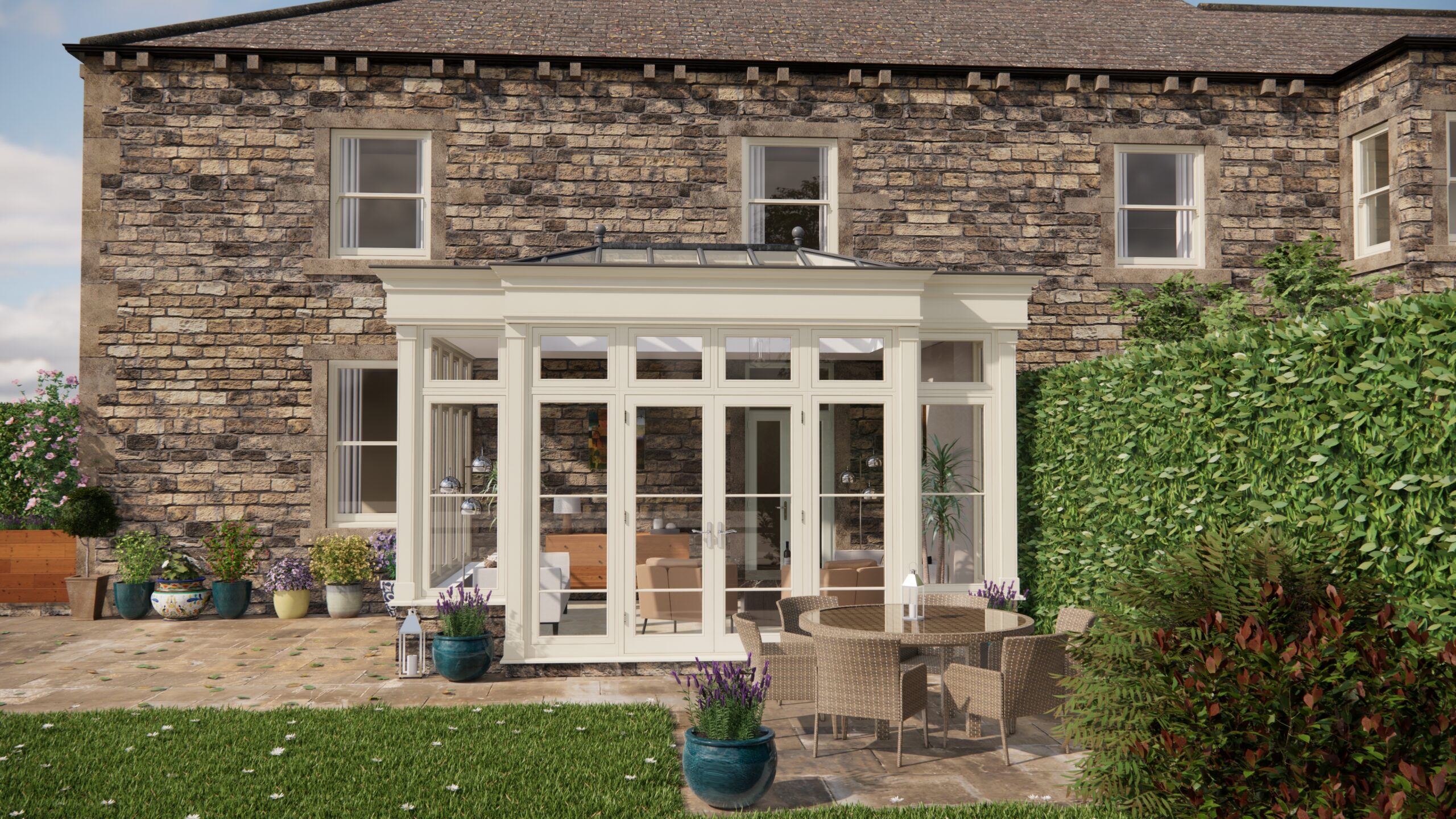Right, let’s delve into the nitty-gritty of orangery construction. I recently had a fascinating chat with Alexander, a seasoned builder with years of experience crafting these beautiful structures. We focused specifically on ground conditions and drainage – the unsung heroes of any successful orangery build. It turns out, a bit of upfront planning in this area can save you a world of heartache (and expense) later on.
Understanding Your Ground:
“First things first,” Alexander began, leaning back in his chair, “you absolutely have to know what you’re building on. You can’t just assume the ground is stable.” He explained that a comprehensive site investigation is crucial. This usually involves a soil survey and borehole testing. The soil survey will tell you about the soil type – is it clay, sand, chalk or something else? Each reacts differently to water and weight. Borehole testing goes deeper, providing information about the layers of soil beneath the surface and the water table level.
Replicating this process involves hiring a qualified geotechnical engineer. They’ll take samples, analyse them in a lab, and provide a detailed report outlining the ground conditions. This report will highlight potential issues like expansive clay (which swells and shrinks with moisture content, potentially damaging foundations), the presence of peat (which is highly compressible), or a high water table.
Drainage: A Crucial Investment:
Alexander emphasised the importance of proper drainage: “Think of it as an insurance policy against damp and structural problems.” He explained that effective drainage removes excess water from around the foundations, preventing hydrostatic pressure from building up and potentially causing cracks or leaks.
So, how do you implement appropriate drainage? The first step is often a perimeter drain, a trench filled with gravel and perforated pipes, positioned around the foundation. This intercepts groundwater and directs it away from the building. Alexander stressed the importance of the gradient of the pipes: “They need to slope downwards, naturally, towards a suitable discharge point, whether that’s a soakaway or connection to the mains drainage.”
For the pipe material, he recommended considering PVC or clay. PVC is lightweight and easy to install, while clay is a more traditional, durable option. He also suggested wrapping the pipes in geotextile fabric. “This acts as a filter,” he explained, “preventing soil particles from clogging the drainage system.” The installation process involves excavating the trench, laying the geotextile, installing the perforated pipe, backfilling with gravel, and then covering with more geotextile before backfilling with soil.
Mitigating Risks:
We then discussed mitigating potential risks identified in the site investigation. For example, if the soil is unstable, ground improvement techniques may be necessary. “This could involve soil stabilisation with lime or cement, or even piling, depending on the severity of the issue,” Alexander explained. Piling involves driving concrete or steel piles deep into the ground to transfer the building’s load to more stable soil layers.
If a high water table is present, Alexander suggested a more robust drainage system, possibly incorporating a sump pump to actively remove water. He also warned about the risk of water accumulating against the external walls, so he reccomended good tanking and damp proof coursing.
Environmental and Cost Considerations:
Finally, we touched on the environmental impact and cost-effectiveness of different material choices. Alexander highlighted the growing popularity of permeable paving around orangeries to reduce surface runoff. He also mentioned the importance of using recycled aggregates in concrete where possible.
To summarise, building an orangery requires careful consideration of the ground conditions. A thorough site investigation is essential for identifying potential risks. Implementing an appropriate drainage system is critical for preventing damp and structural problems. Ground improvement techniques may be necessary in areas with unstable soil or a high water table. So make sure to take this advice on board. With the correct planning and preparation, the process is a lot easier.


